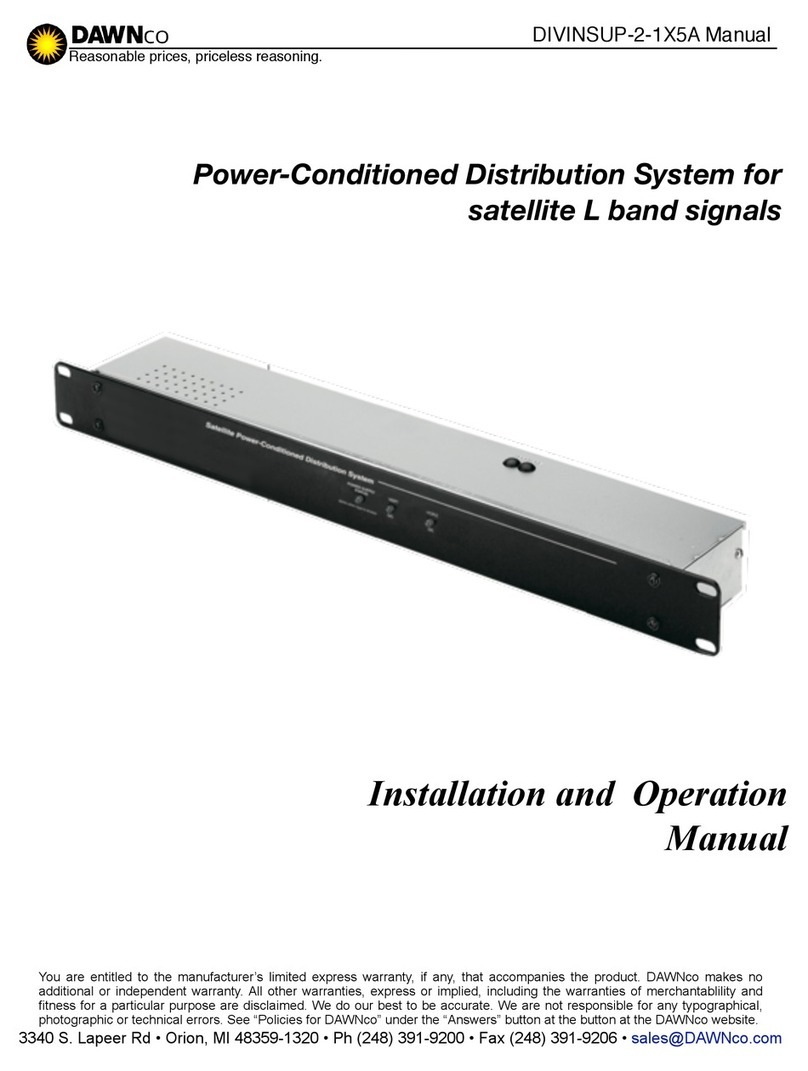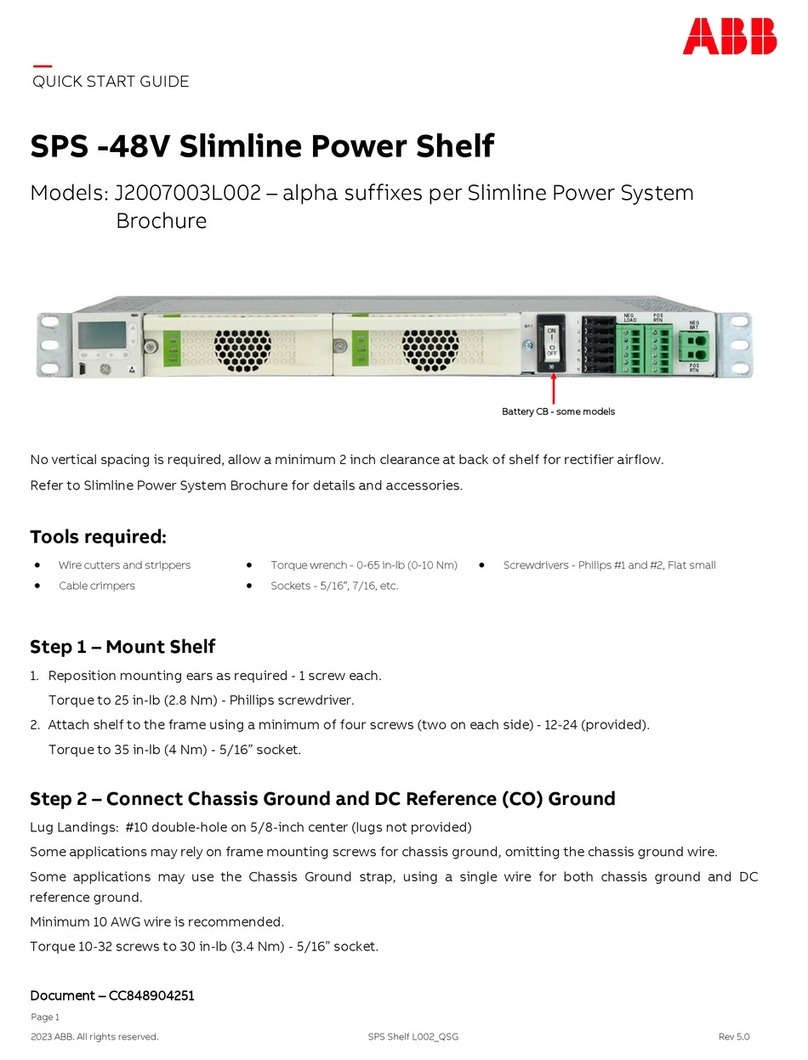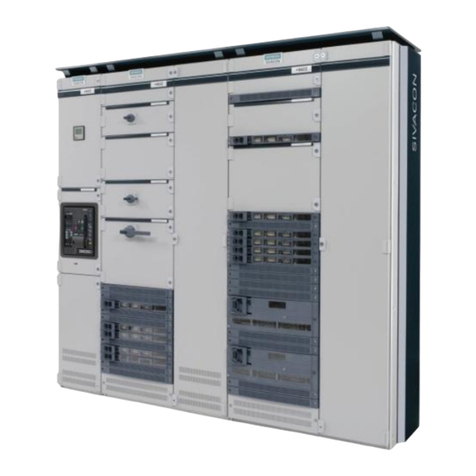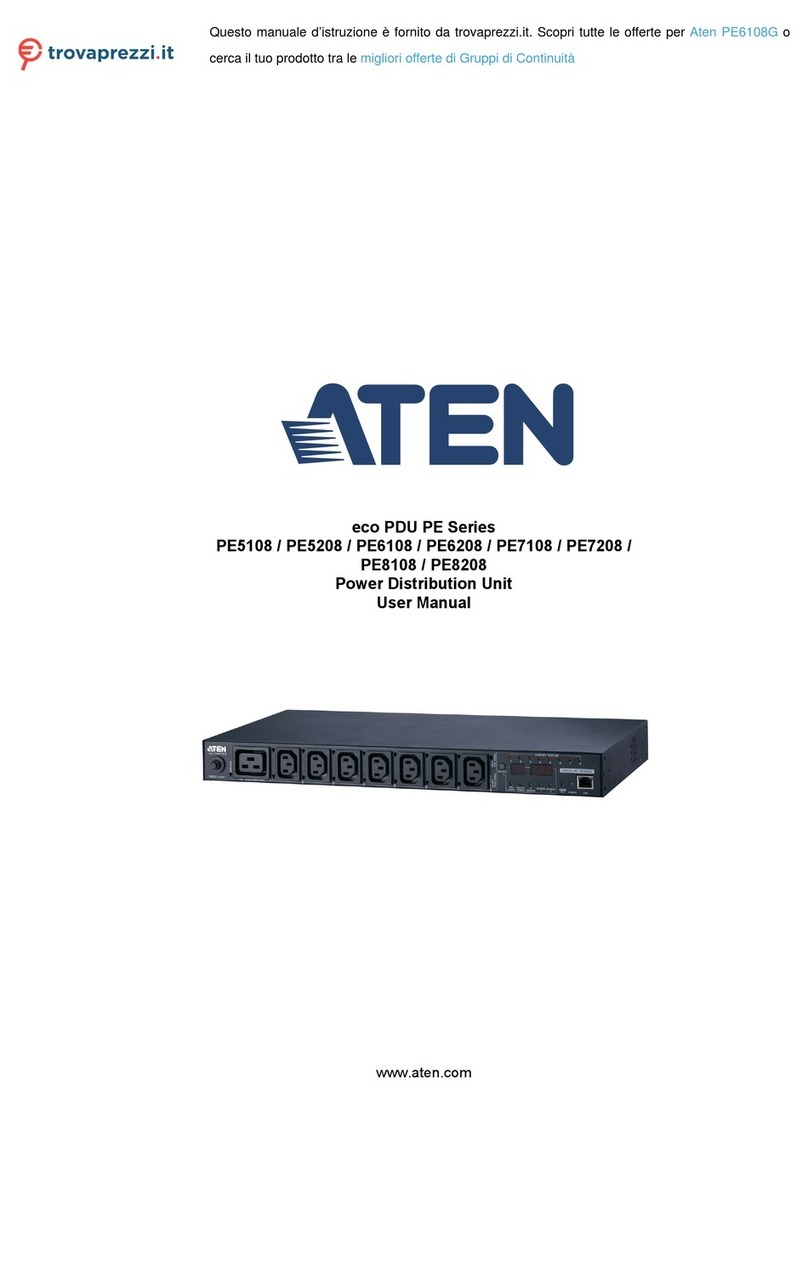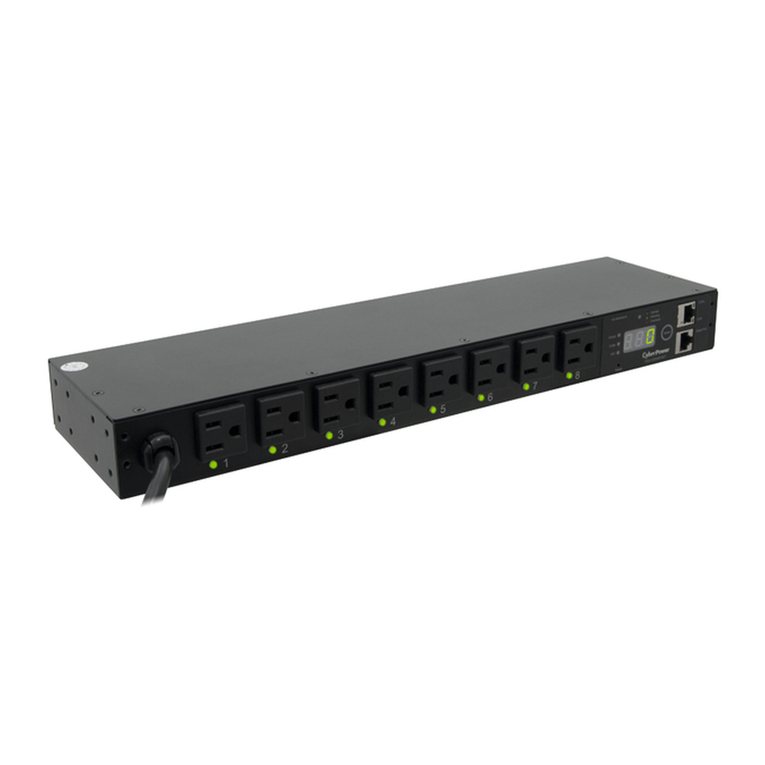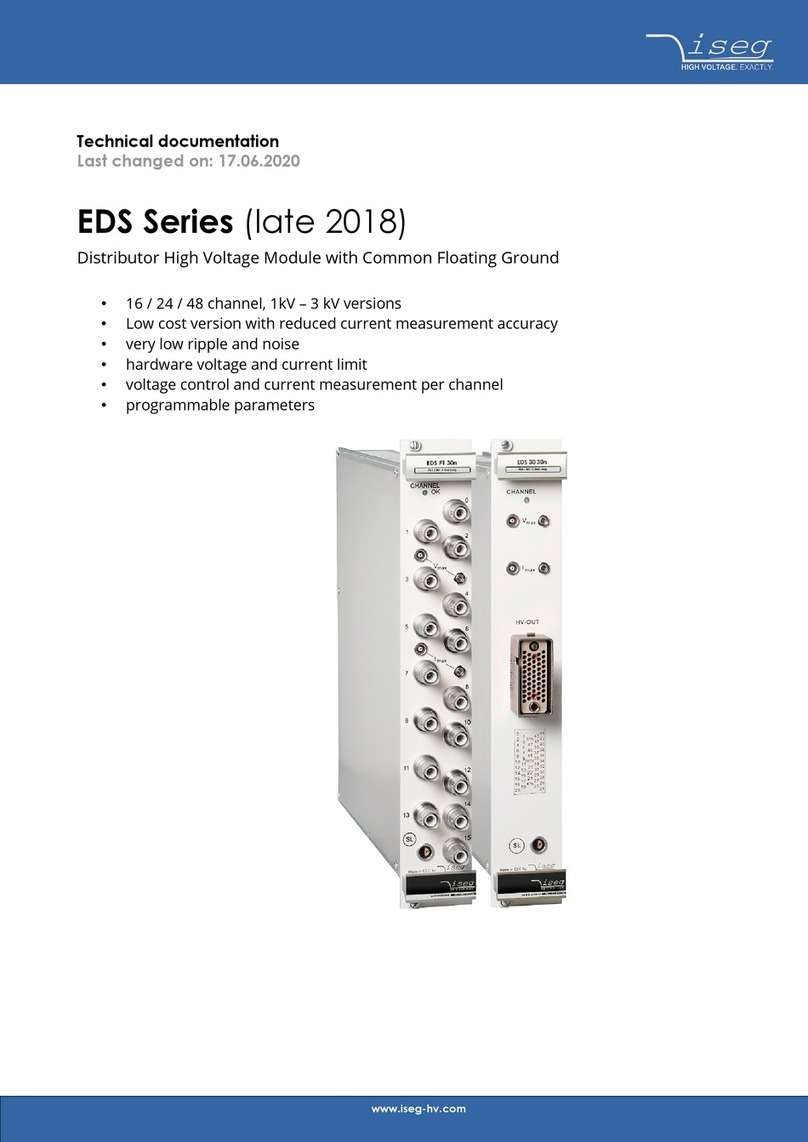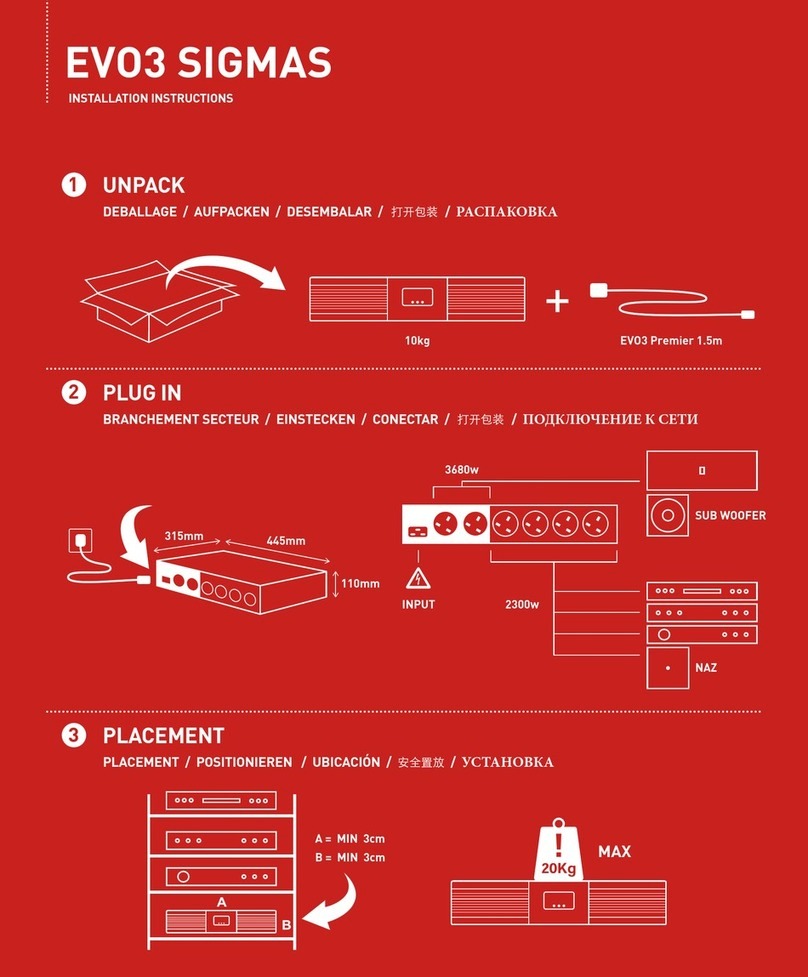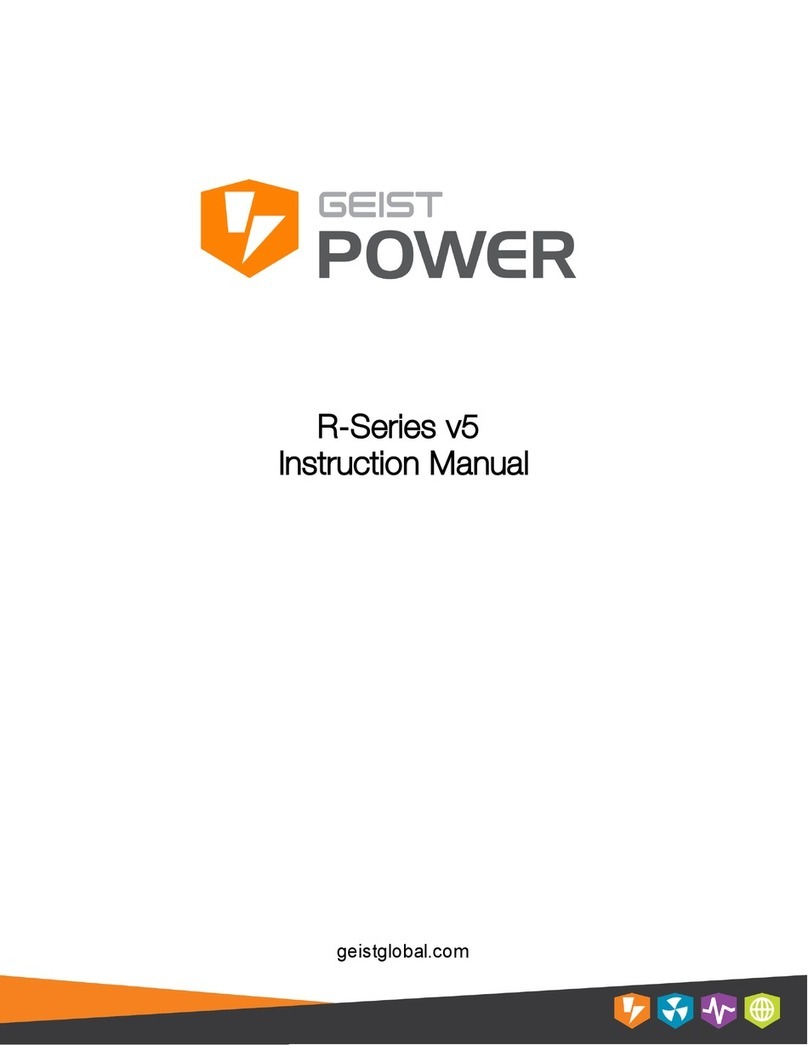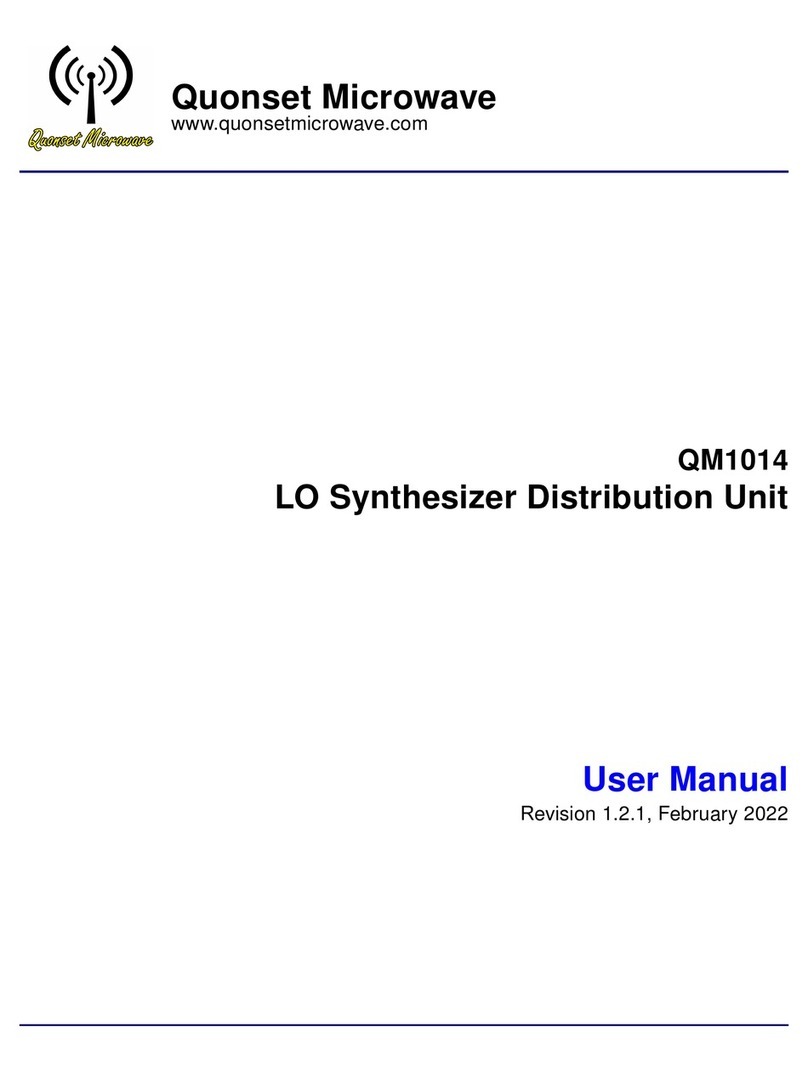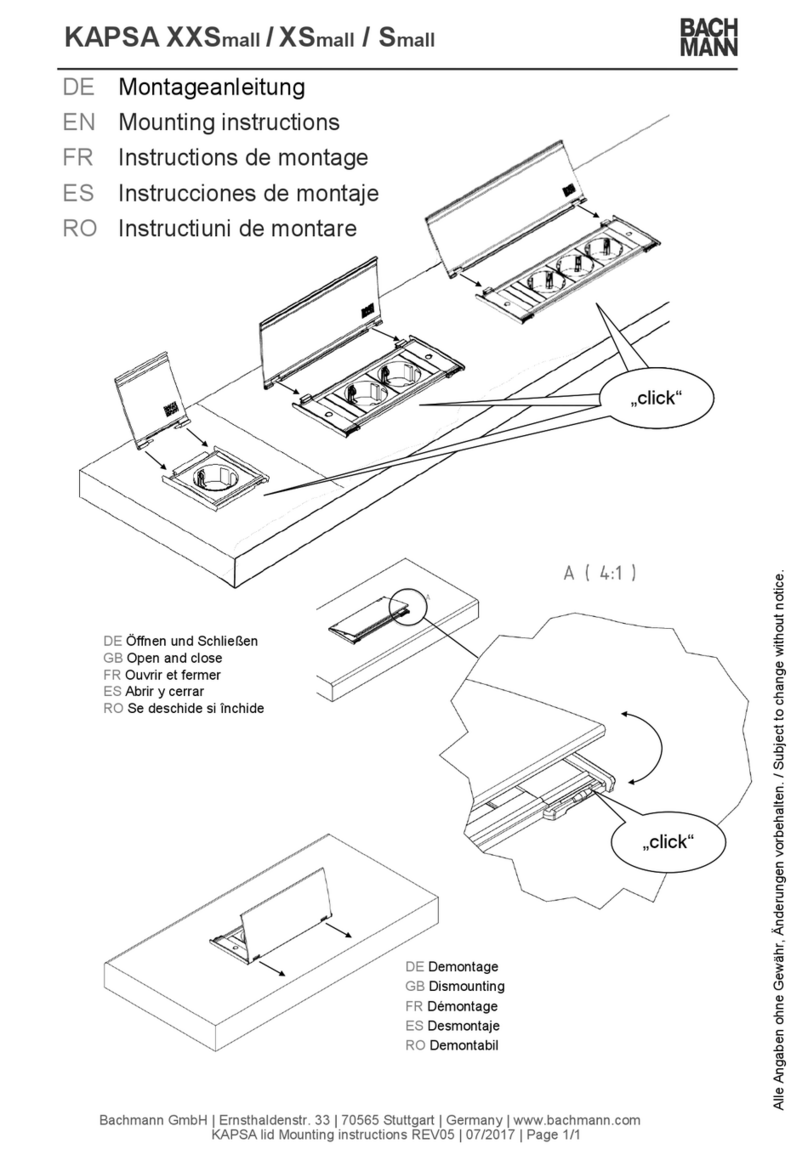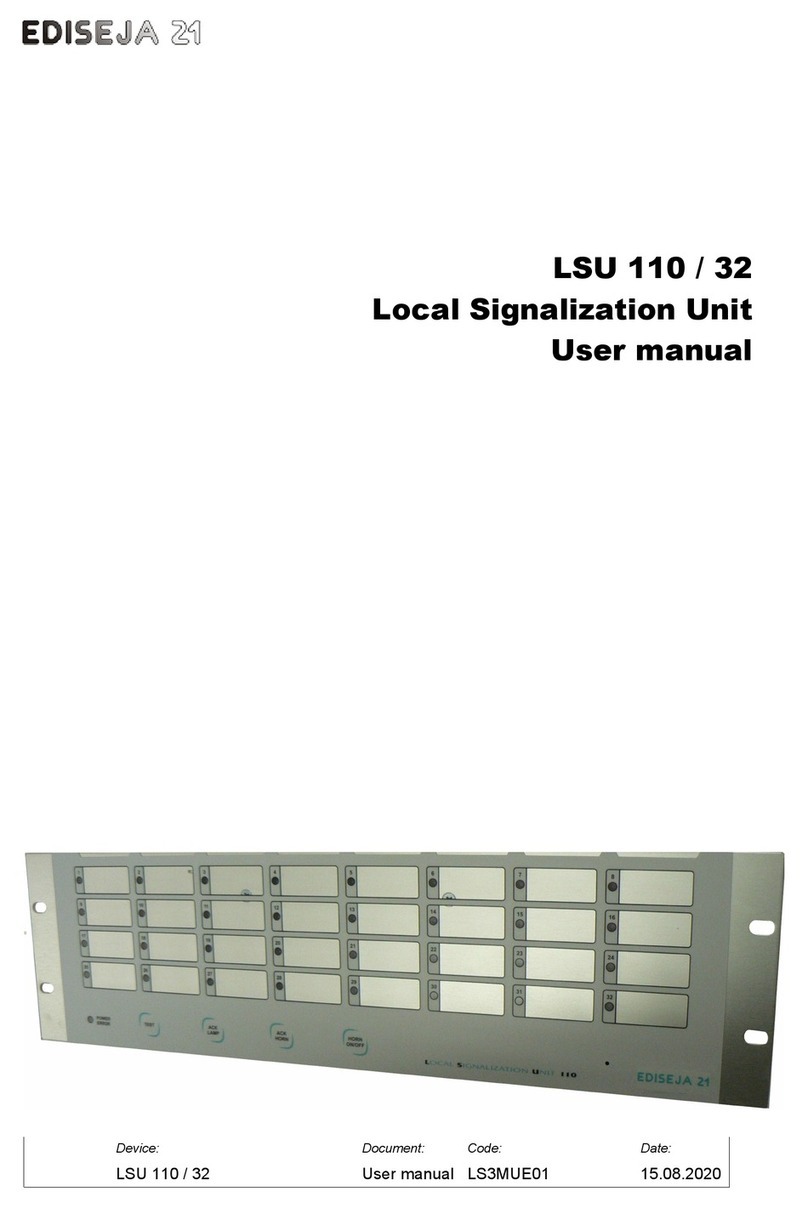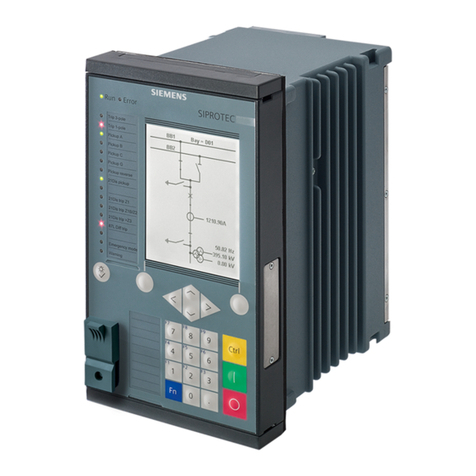Micos ORM 96 Series Guide

1
Instructions for installation of distribution box, series ORM 96,
ORM 96 SIS ZK, ORM 96 SIS
Table of contents
1. Installation of ORM 96, ORM 96 SIS ZK, ORM 96 SIS 2
2. Equipment of the distribution box 4
2.1. Door removal/mounting 4
2.2. Roof removal/mounting 4
2.3. Equipping the tilting frame with accessories 4
2.3.1. Tilting frame removal/mounting 4
2.3.2. Connector panel removal/mounting 5
2.3.3. Plastic lug removal/mounting 5
2.3.4. Cassette module holder removal/mounting 6
2.4. Installation of SAFetNET modules and cassettes of SE type 6
2.4.1. Working with the module –cassette removal / installation 6
2.4.2. Working with the module –module installation / removal 7
2.5. Installation of cables 8
2.5.1. Working with the module - selection and installation of the fixing holder 10
2.6. Installation of pigtails 10
2.7. Installation of fibres in modules and cassettes 11
2.7.1. Conducting fibres in the modules 11
2.7.2. Conducting the fibres into cassettes 12
2.7.3. Conducting the fibres in the cassette 12
2.7.4. Preparation for fibre splicing 13
2.7.5. Placement of the unconnected fibre length reserve in the cassette 13
2.8. Installation of patchcords 14
2.9. Example of implementation 16
3. Optional Accessories 17

2
ORM 96
ORM 96 SIS ZK
1. Installation of ORM 96, ORM 96 SIS ZK, ORM 96 SIS
ORM 96 SIS - Once unpacked, assemble the base.
Use two woodscrews to install the spacer bar.

3
Using four wood screws and washers, attach the
stand to the base, making use of the predrilled
holes.
The base must be buried in the ground all along
its height (it should not protrude above the ground
level) so that its upper part is at the level of the
surrounding terrain. If the terrain around the base
is uneven (e.g. ORU 5 SDF SIS is situated on a
sloping hillside), level the terrain surface to a
distance of 50 cm on each side of the base to
make it flat. Once the HDPE ducts are installed
and the soil is backfilled, compact the
surroundings thoroughly.
ORM 96 SIS ZK - The distribution box is fastened
to the floor using four bolts.
ORM 96 - Drill four holes, Ø 6.2mm, into the rear
panel of the distribution box. The holes should be
drilled in the centre of the holes in the rear
assembly panel. Attach the distribution box at the
desired position using four wood screws with Ø
6mm. Drill holes in the wall for Ø 10 mm dowels.

4
2. Equipment of the distribution box
2.1. Door removal/mounting
The distribution box door can be easily removed by
releasing the lower hinge. The upper hinge is not
removable.
Loosen the lower hinge by sliding it upwards,
using a flat tip screwdriver. Once the hinge has
been released, slide the door out. The frame
shall be mounted following the steps above in the
reverse order.
2.2. Roof removal/mounting
Remove the roof by unscrewing the four wing nuts from the inside. The frame shall be mounted following
the steps above in the reverse order.
2.3. Equipping the tilting frame with accessories
2.3.1. Tilting frame removal/mounting
Unlock the tilting frame by turning the tabs in its
upper part in the direction of the arrows (left, right).
Once unlocked, tilt the frame.

5
Remove the tilting frame from the distribution box
by unhooking the securing straps.
Remove the frame by moving the frame up and
towards you. The frame shall be mounted
following the steps above in the reverse order.
2.3.2. Connector panel removal/mounting
Unlock the panel by partly pulling out the locking
pins.
Slide the panel upwards. The frame shall be
mounted following the steps above in the reverse
order.
2.3.3. Plastic lug removal/mounting
Squeeze the lugs.
Unlock the lugs by sliding
them in the direction of the
arrow and remove them
from the holes.
The frame shall be mounted
following the steps above in the
reverse order.

6
2.3.4. Cassette module holder removal/mounting
Remove the module holder by loosening the screw
with a knurled head.
Tilt the module holder and slide it out of the
groove in the frame.
2.4. Installation of SAFetNET modules and cassettes of SE type
The protective cover is hung on the module on
risers marked by arrows.
Release the cover by sliding it out.
2.4.1. Working with the module –cassette removal / installation
Push the tab (in the direction of the arrow) and slide
the cassette out to the right.

7
2.4.2. Working with the module –module installation / removal
Release the Velcro from the removed module
holder.
Remove the upper clip by sliding it out of the
module holder.
Slide in the cassette module from the upper part of
the module holder.
Install the modules from the bottom of the module
holders.
Push the module into the holder. Check the position
of the three tabs for correct installation.
Fasten a clip above the top module.

8
Number the cassettes, as required (see accessory
bag).
2.5. Installation of cables
Insert the cable to the distribution box through PG
13.5 or PG 21 bushing. Remove the cable jacket
and other protective features from the minicable
along the required length (see the table below) so
that the buffers with fibres and the central pulling
element remain free.
Cut off the central pulling element of the
minicable to the required length and fix with the
pulling element holder screwed to the rear panel
of the distribution box.
Cable or minicable length required for its termination in the distribution box.
Reserve required
for the removal
and tilting of the
frame
Access to the
module
Fibre reserve in
the module
Total required
length
2.0m
0.3-0.7m
2.0m
4.7m

9
In the ORM 96 SIS ZK version, fasten the cable
with a retainer of the corresponding size to the L
section in the pedestal.
Installation of buffers in ORM 96.
Place the cable or minicable reserve in the
management rings at the back of the distribution
box. Tie the buffers together so that they can be
unfolded and the tilting frame may be removed from
the distribution box.
Tie the buffers with PVC draw bands every
100mm to 150mm, or use a spiral tape as shown
in the picture.
Conduct the cable or minicable buffers from underneath the tilting frame and fix them with two PVC draw
bands, or terminate them in a standard way, see step 2.5.1.
reserve of 1.5
turns, approx. 2m

10
2.5.1. Working with the module - selection and installation of the fixing holder
The fixing holders of various sizes are delivered in
the module accessory bags. Select a holder of
appropriate size to fit the buffer duct firmly. Use the
measuring tool for the selection.
Install the fixing holders by sliding them into their
position as indicated by the arrows in the picture.
Each position can hold up to 3 fixing holders.
Remove the protection buffer duct from the buffers,
so that the duct ends at the mark on the module
body. Place the buffer duct to the fixing holder and
insert slide the holder to the module.
Push the fixing holder, until it stops.
2.6. Installation of pigtails
Remove the plexiglass covers from the connector panel. Attach adapters to the connector panel and connect
pigtails from the rear side. Conduct the pigtail fibres to the cassette modules through the management rings.
The mark of the end
of the protective
duct.
Měřící nástroj
Measuring instrument
Slide the plexi on and
snap the plastic pins.

11
Conducting pigtail fibres.
Tie the bundles of pigtail with tight secondary
protection fibres with a spiral tape and fix them
to the module body with a draw band, or
introduce the fibres to the protective duct and
use the fixing holder, see section 2.5.1. Max. 6
0.9 mm fibres may be conducted into a single SE
cassette.
Zvláken pigtails with free secondary protection
secondary protection to remove the required length.
12-fiber bundle, wrap bandage tape as shown.
Fiber bundle to fix the housing module fixation
holder see. Point 2.5.1. Max. 12 0.250 mm
fibres may be conducted into a single SE
cassette.
2.7. Installation of fibres in modules and cassettes
While working with modules and cassettes, it is recommended to remove the frame from the distribution box
and mount it onto the assembly stand (the stand is not provided).
0,9mm
0,25mm

12
2.7.1. Conducting fibres in the modules
In zone 1 fibres are distributed between the modules. Prior to commencing the assembly, all fibres must be
cleaned. The fibres may be conducted into any of the modules using the side access points. The primary rule
to adhere to is that fibres shall be taken into the module containing the cassettes where the fibres are placed.
2.7.2. Conducting the fibres into cassettes
Conducting the fibres into SE cassettes.
In zone 2 cassettes are selected and fibres are distributed into the corresponding cassettes. The fibres are
introduced into the SE cassette parallel with the edge of the cassette.
2.7.3. Conducting the fibres in the cassette
While working with cassettes, use the cassette
securing tool.

13
Place the fibre reserve into the cassette with the maximum possible bending radius.
2.7.4. Preparation for fibre splicing
Fibre length reserve in the cassette (for each side from the splice)
Cassette type
SE
min
650mm
Fibre diameter 250µm
max
2050mm
900µm
max
1500mm
mix 250/900µm
max
1500mm
Splice the fibres and place the splice protectors into the splice holder.
2.7.5. Placement of the unconnected fibre length reserve in the cassette

14
Fibre reserve length
Cassette type
SE
min
1000mm
Fibre diameter 250µm
max
2500mm
900µm
max
1500mm
mix 250/900µm
max
1900mm
Place the fibre ends into the centre of the cassette.
Close the upper cassette with the lid, place the cassette securing tool on the lid and fix it with Velcro.
2.8. Installation of patchcords
Conduct the patchcords to the distribution box through the bushings PG 29/24 (sealing included in the
accessory bag). Blind the vacant holes in the PG bushing with the pins supplied. Place the patchrecord
reserve in the plastic holders and management rings at the back of the distribution box. Tie the fibres together
so that they can be unfolded and the tilting frame may be removed from the distribution box. Connect the
patchcord connectors into the adapters from the front side of the panel.

15
Conducting patchcords taken in through the first
and second bushing.
Conducting patchcords taken in through the third
and fourth bushing.
Required patchcord reserve length.
Reserve required
for the removal
and tilting of the
frame
Access to the
module
Total required
length
2.0m
0.3-0.7m
2.7m
Conducting patchcords on the connector panel.

16
Conduct the patchcords into the tilting frame from the left-hand or right-hand side through the management
rings. After installation, group the patchcords with the Velcro in common bundles so that the tilting frame may
be removed if necessary.
reserve of 1.5
turns, approx. 2m

17
2.9. Example of implementation
Example of equipment.

18
3. Optional Accessories
SE module for 36 splices. - Subscriber unit kit.
SE module lid.
RECORDsplice holder.
Splice mechanical protector holder FIBRLOK II
2529 for 4 splices.
Betterman retainer 8 –12,
12 –16,
16 –22,
22 –28,
28 –34,
34 –40.
Assembly stand.
Contact:
MICOS spol. s r.o. divize TELCOM
Vápenice 17
796 01 Prostějov, Czech Republic
tel.: +420 582 307 111, fax.: +420 582 331 919
E-Mail: telcom@micos.cz; www.micos.cz
This manual suits for next models
2
Table of contents
